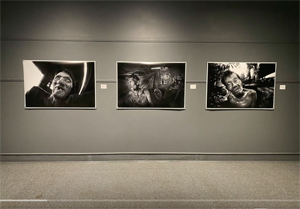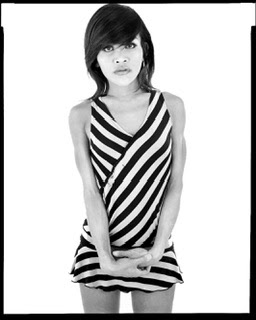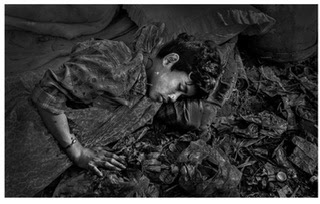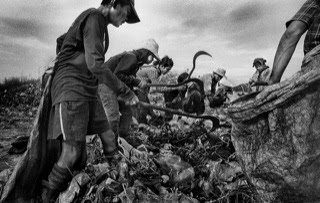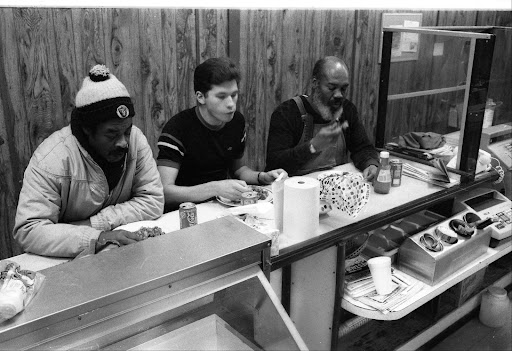
After rereading my rant on the McMullen gallery (http://gerryyaum.blogspot.com/2008/01/definitioin-of-true-art-gallery.html)along with reading the biography of Robert Mapplethorpe by Partricia Morrisroe I thought I would add another entry on the whole Gallery style of censorship thing.
I am referring to a gallery that dictates to the artist by the power of it's ability to give out shows what the artist should produce. I think that many young artists fall into a trap. They want and need a show so badly that they compromise their artistic integrity to please the gallery and fit into the galleries rules (a form of control and censorship). Every gallery of course has the right to decide what they will show but when an artist does not show his important work because it does not fit into the gallery criteria for bland/safe art, something is lost by all of us. The artist does not grow in new and exciting directions but instead creates traditional by the book type art. The viewer because he is not challenged to think in new, different and exciting ways loses out. The gallery is also a loser because it is feeding the public art pabulum that is easily digested and not trying to create thought, discussion and an exchange of new and unique ideas.
Some interesting selections from the Mapplethorpe biography from TRUE art gallery owner/curators.
Simon Lowinsky of the Simon Lowinsky Gallery of San Francisco.
"I think Robert liked me, but I knew he despised Jews, and I happened to be Jewish. We both felt uncomfortable with each other. I believed his pictures had to be shown--if we're dealing with artists, we have to be able to exhibit anything that anyone makes--"
Edward de Celle part owner of the Lawson de Celle Gallery San Francisco.
"I was curious to meet him, but he was not what I expected at all. I had imagined a much stronger physical presence. He was slight and shy and terribly polite and humble. We had a table where we could look at the photographs, and I remember opening this box. I had seen pornography before, but his pictures were really more graphic because they're better pictures and they draw you in more. The one that disturbed me the most was the man putting his finger into his urethra. I was revolted but I was also mesmerized. I kept staring at these things, and I purposely didn't react because I didn't want to seem, I suppose, unsophisticated. I kept thinking, There's something wrong with me if I can't just look at these pictures in a objective way. It's like the emperors new clothes you have to prove your unflappable. I was happy to put the lid back on the box, and I was kind of reeling. I thought, How can I show these pictures in my gallery? Because my immediate thought was not about the quality of the pictures, or whether or they were art, but about the teacher from the local girl's school who always brought her class into the gallery. I kept seeing those little girls in their pleated skirts, and I thought, Oh my word!"
This gallery also censored Mapplethorpe’s work but eventually it went onto critical acclaim and international success after being shown at a non profit exhibition space funded by the National Endowment for the Arts. The eventual show title was called CENSORED. The cover of the invitation to the show (at Mapplethorpe's insistence) was Robert Mapplethorpe’s self portrait with a bullwhip up his rectum.










